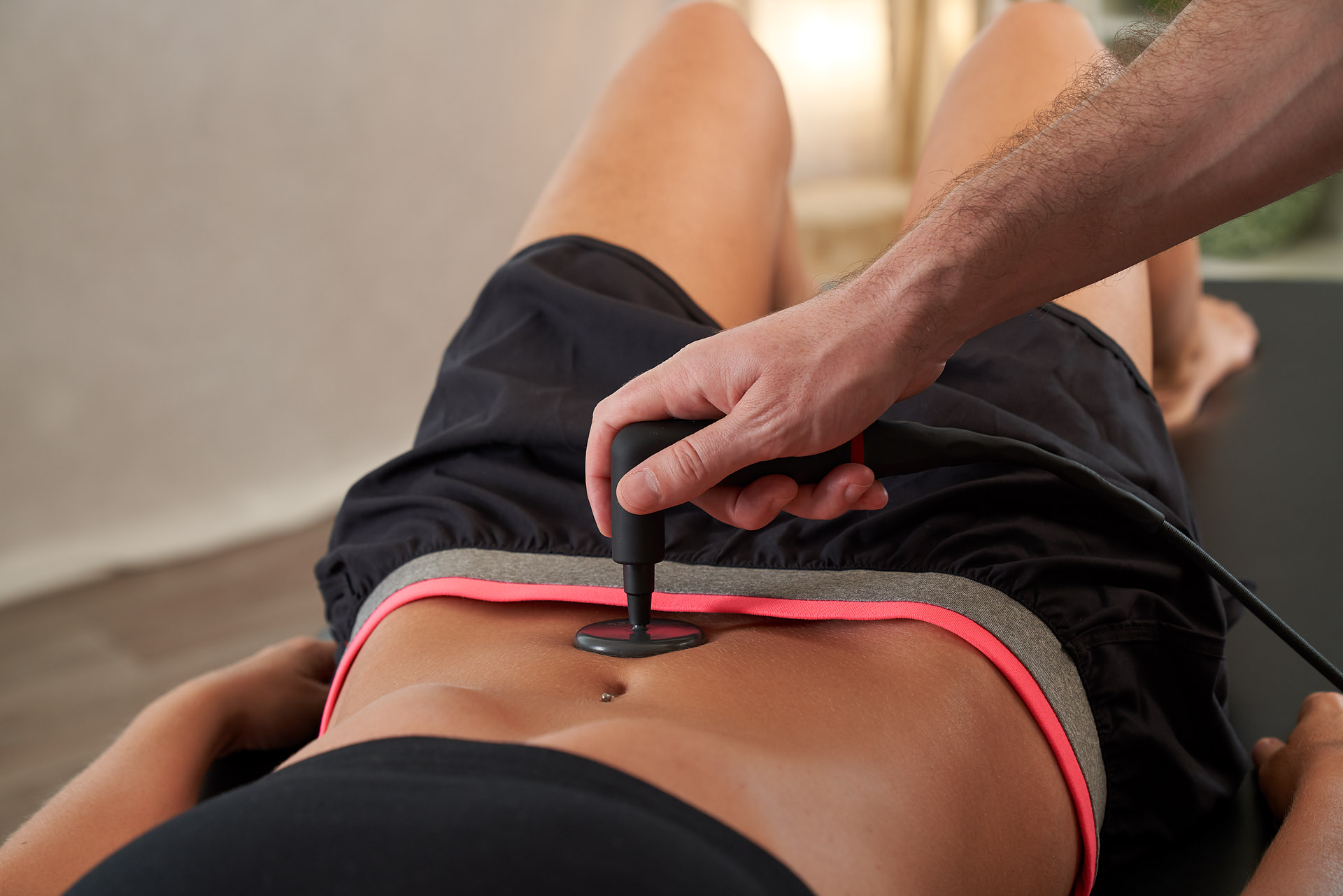Treatment Of A Fibrotic C-Section Scar With INDIBA Therapies.
Published:21 February,2022

Isabelle Reynaud is a Masseur, physiotherapist, and consultant in women’s sports treatments. What follows is her testimony on treating a fibrotic C-section scar using INDIBA therapies.
The Clinical Case
On March 14, 2017, Isabelle Reynaud consulted a 32-year-old woman at her office. The patient had given birth to her first child by cesarean section on February 5, 2017.
She complained of intense discomfort when touching the scar tissue around the C-section with the addition of pain around the sub-pubic area (caused by the rubbing of underwear). She also complained about the aesthetics of her scar.
Symptoms
- The C-section scar was 14 cm long and 3 cm wide, located above the subpubic area. It was darker pink at the extremities with a markedly more pronounced relief in the center.
- Painful sensitivity in and around the C-section area.
- Patient dissatisfied by aesthetics of scar.
Objectives of Treatment
- Recover tissue suppleness around the affected area by mobilizing, draining, and stimulating scar tissue.
- Improve the appearance of the scar in the eyes of the patient.
- Return a comfort level to the patient, making moving the area less painful.
Treatment
- Prescription of eight sessions of INDIBA RF therapy at the rate of two a week (patient’s schedule allowing).

First Session
- Patient receives information about the use of RF therapy and electrodes. The patient is taught ‘protective’ abdominal-pelvic breathing to use while treatments are in progress.
- INDIBA therapy applied to the patient in a dorsal recumbent position with bent knees on a half-moon cushion, starting on the periphery of the scar. The capacitive setting was used for 10 to 15 minutes.
- At the end of the session, the patient was relaxed and found no pain in redressing.
Second Session
- Capacitive (IAS from 1 to 3) was administered for 6 minutes and resistive administered for 7-8 minutes. Finally, capacitive was again applied for 2 minutes: working around the scar with more movement this time.
Sessions Three To Eight
- For the other sessions INDIBA was applied on and around the scar, firstly in capacitive (IAS 5-6) mode to drain and defibrillate the tissue for 5 minutes, then 8 minutes in resistive mode (IAS 6-7).
- Therapy was combined with breathing and moderate mobilization of the trunk.
- The very precise maneuvering of the electrodes allowed the targeting of a range of new locations on the scar for comprehensive coverage.
Results
- Very positive feedback was provided from the patient: no more discomfort to the touch or discomfort when wearing underwear from the 4th session onwards. Flexibility also improved around the scar.
- The patient also reported a more pleasing visual aspect from the 7th session onwards and much more confidence in everyday life.
- Manual therapy and INDIBA treatments combined to create excellent results.
There is a large selection of INDIBA devices to use, each of which has its specific uses that correlate to different areas of the body and treatments offered. To explore the INDIBA Activ range, follow this link.
For more news, clinical studies, and articles on INDIBA, please visit our dedicated page here.